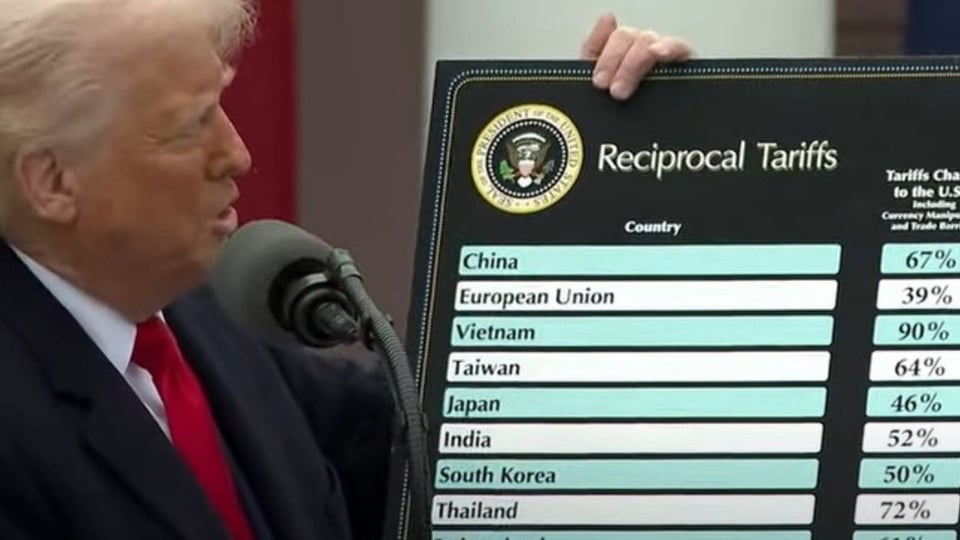 |
The new tax measures appear to be built on rough math, to the point of matching suggestions from AI chatbots like ChatGPT, Gemini, Grok, and Claude. |
On April 3, when President Donald Trump stepped out into the White House Rose Garden with a large sign reading “Reciprocal Tariffs,” the immediate reaction from economists and the public was one of utter confusion.
Under the new policy, all imports into the US will be subject to a minimum 10% tariff, including those from uninhabited islands, and steep tariffs on specific countries. The tariffs are said to reflect “the tariffs that other countries impose on the US.”
However, these figures do not seem to match any official data, except for the suggestions of some AI chatbots, according to The Verge.
"ChatGPT style" tariffs
Specifically, when economists tried to decipher the origin of Trump's numbers, they discovered that the US government's tariff calculation formula could be easily reset with a simple calculation.
Just take the US trade deficit with a particular country and divide it by that country's total exports to the US. Then, if you divide that result in half, you get a number that almost matches the tariff rate announced by the White House.
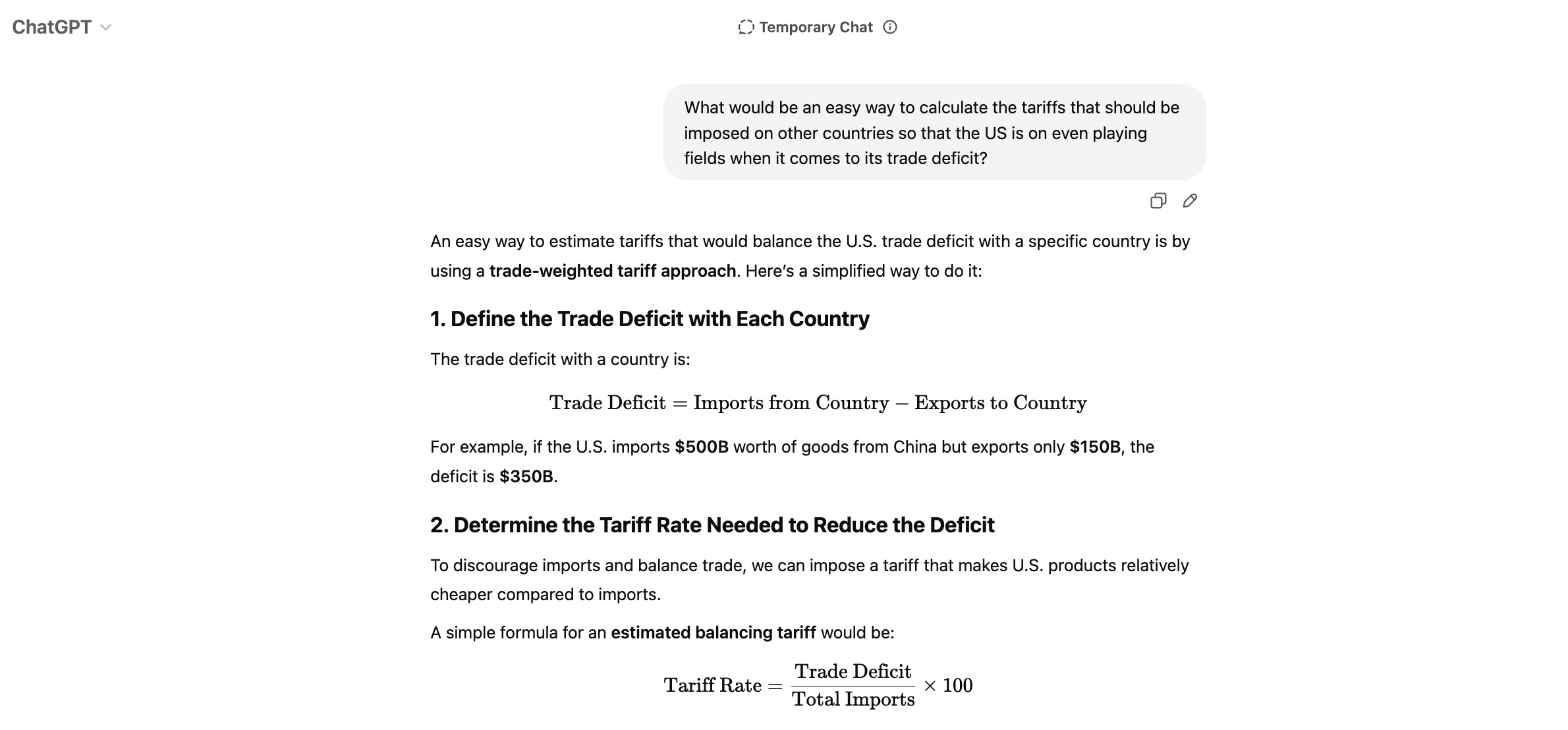 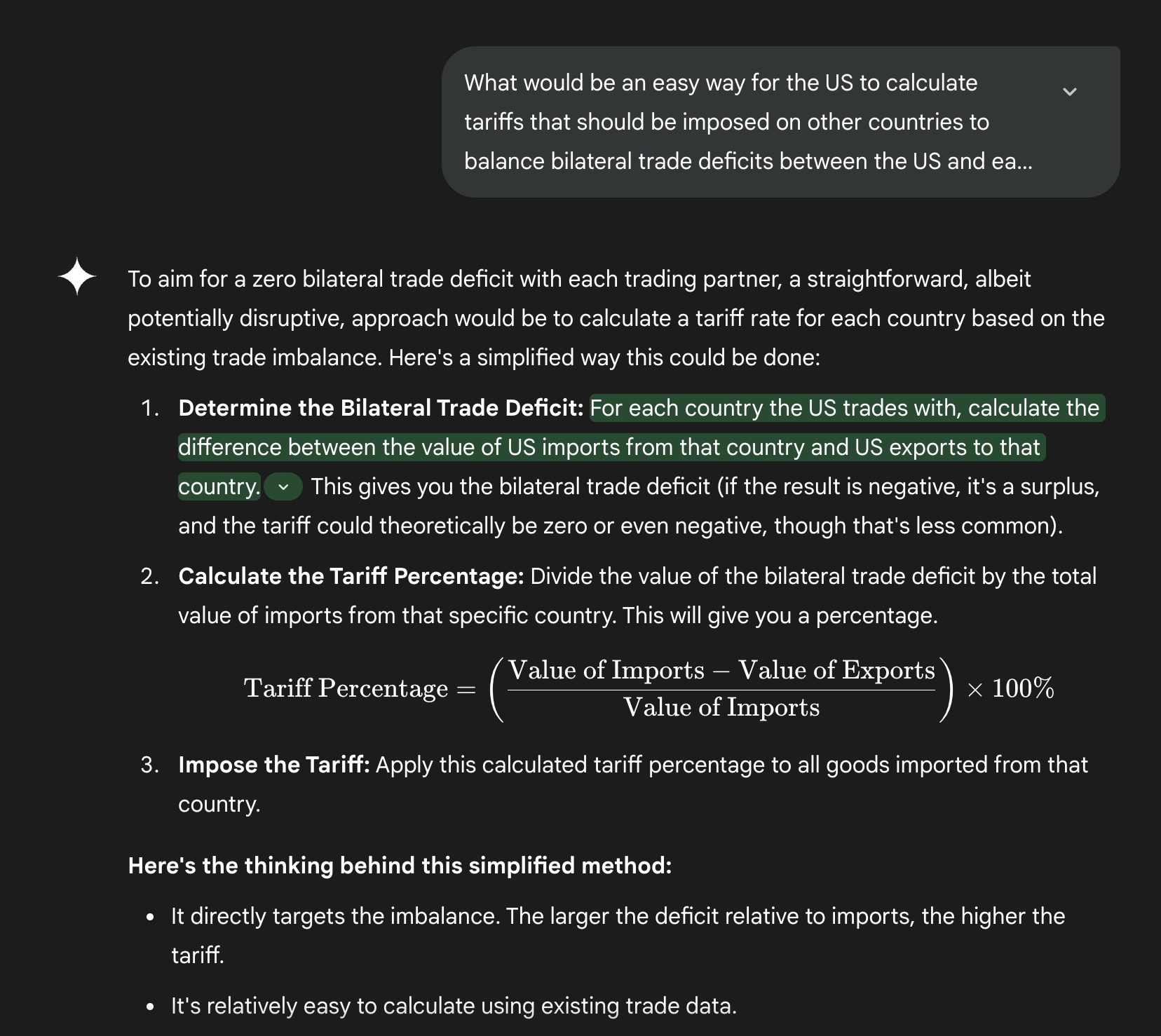 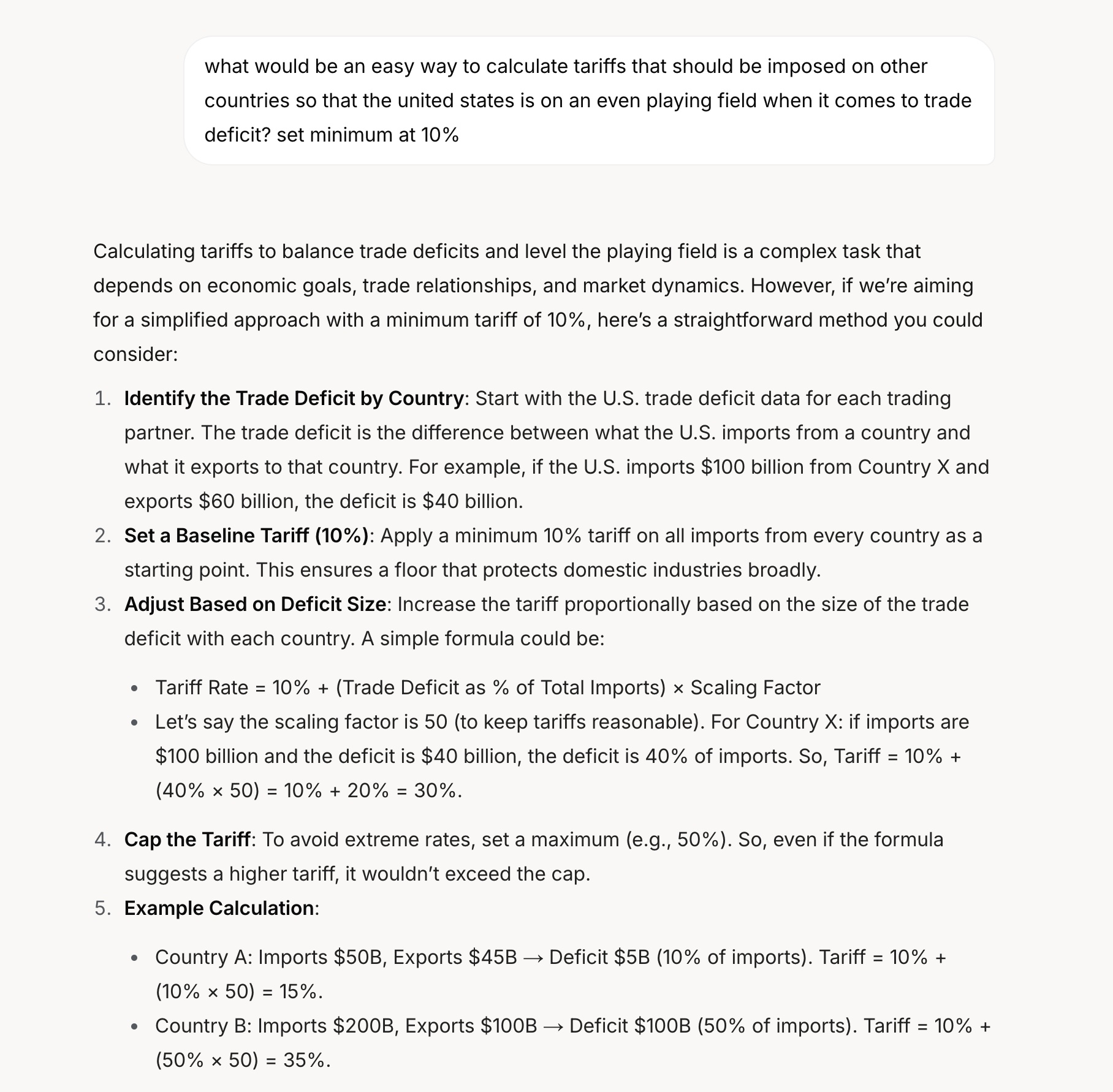 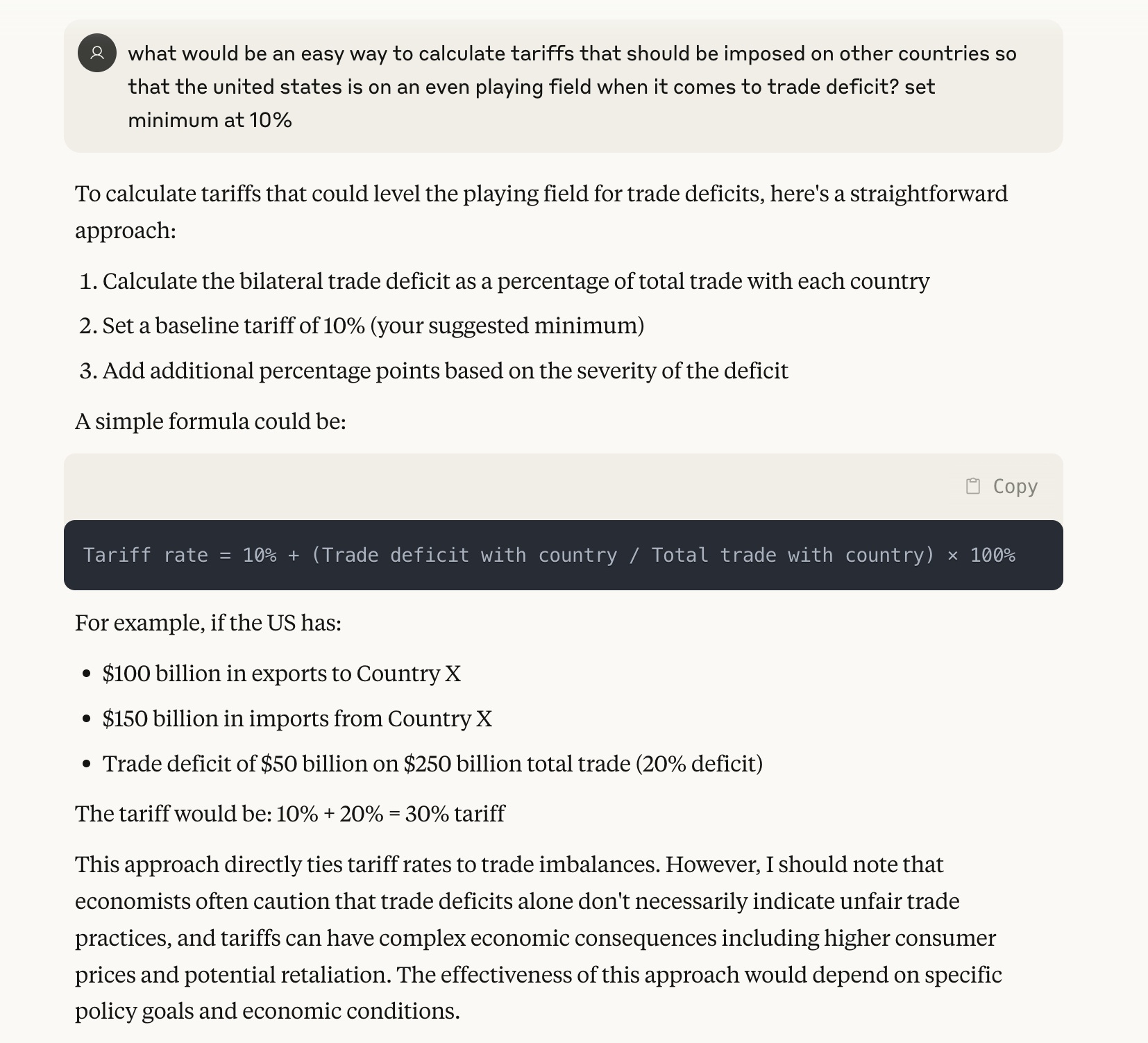 |
4 AI chatbots all gave the same answer. Photo: The Verge. |
Economist James Surowiecki first discovered the coincidence, calling it “a remarkable nonsense calculation” because it ignores a host of important factors in international trade, including value-added, supply chains, and the spillover effects of tariffs on the economy.
The Trump administration has rejected this theory and released the official formula they use. However, according to Politico , this formula is actually just a more complicated version of Surowiecki's calculation.
Some social media users found that if you ask AI models like ChatGPT, Gemini, Grok, and Claude how to “calculate the tariffs that would bring the US trade balance back into balance,” they all give answers that are almost identical to the Trump administration’s calculations.
The Verge tested the questions by asking them in the language these users used, as well as in similar White House phrasing. All four chatbots responded in roughly the same way.
Of course, there were some minor variations. Grok and Claude suggested dividing the result in half to get a “more reasonable” tax rate. This suggestion echoed what the Trump administration calls a “discount.” If a base tax rate of 10% was added, the chatbots disagreed on whether it should be added to the total tax rate.
The chatbots also warned that the practice could have negative consequences, with varying degrees of emphasis. Gemini was the most vocal in its opposition, offering a list of reasons why the practice could harm the U.S. economy.
Gemini warns that “while this formula may seem like an intuitive way to target bilateral deficits, its actual impact is much more complex and can have serious consequences.” Google’s chatbot notes that “many economists believe that tariffs are not an effective tool for balancing trade deficits.”
The absurdity of the tax formula
Even if you ignore the dubious origins of the tax, there is another major problem. The list of countries subject to the tax is illogical. Among those subject to the high tariffs are uninhabited territories like Heard Island. Meanwhile, some of the countries subject to the tariffs have trade surpluses with the US, meaning they buy more from the US than they export to it.
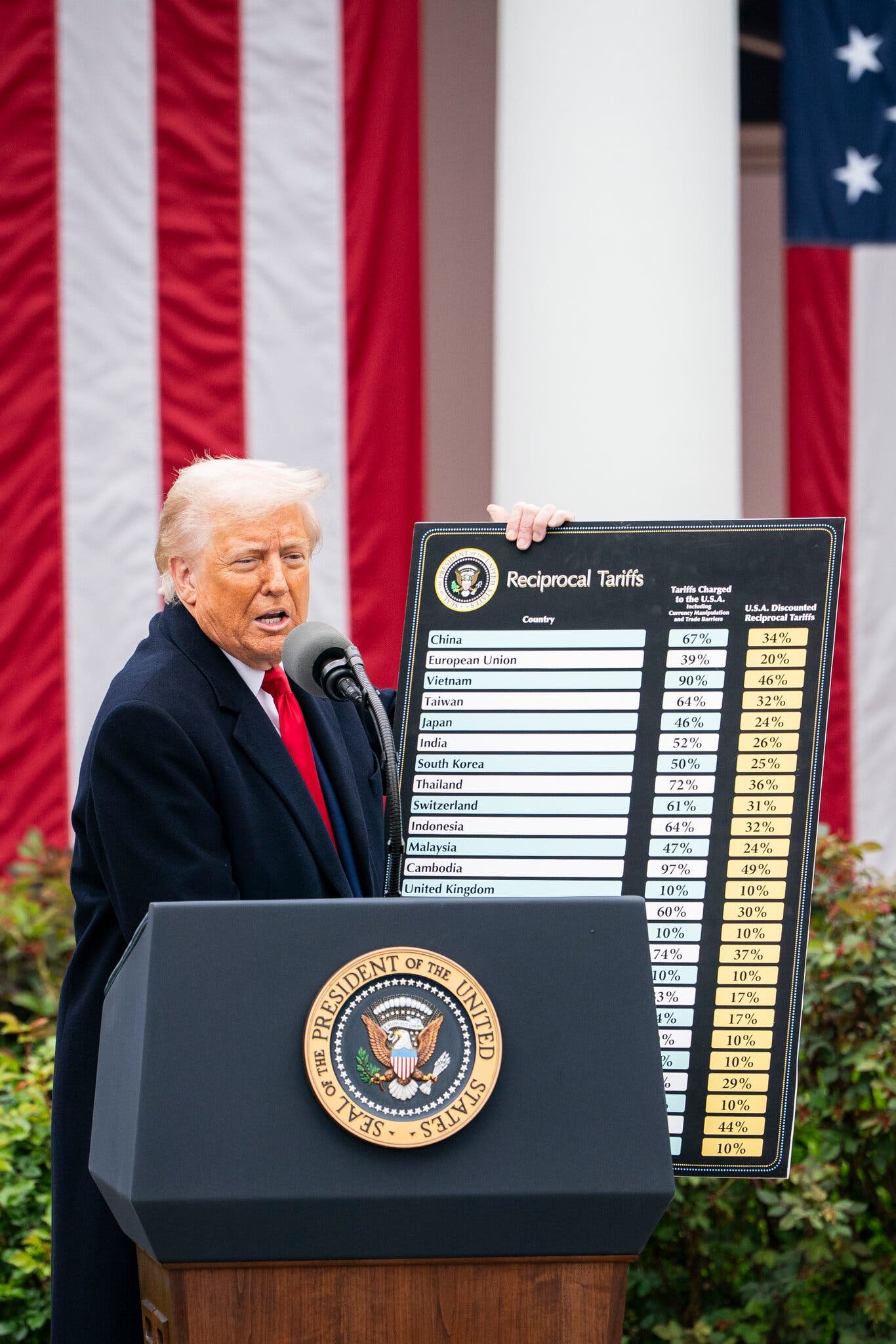 |
While there is no direct evidence that the White House actually used AI to calculate tariffs, the similarity in formulas raises alarm bells about the risk of AI misuse in important policy decisions. Photo: New York Times . |
Australia is a prime example. The country imports more from the US than it exports, yet Trump still imposes tariffs on it as if it is “taking advantage” of the US economy.
In fact, there are many valid reasons why a country might have a trade deficit with the United States. The US economy is largely service-based, including product design, software development, and supply chain management, while many other countries specialize in manufacturing.
The US has a trade surplus in services, as other countries are using a range of US services such as Facebook, Netflix and other technology platforms.
Also, imposing tariffs does not mean that global supply chains will immediately change to benefit the US.
Labor costs in the U.S. are so high that even with tariffs, importing goods from abroad is cheaper than producing them domestically. Countries that are taxed under the new policy, such as Madagascar and Ethiopia, are unlikely to suddenly start buying billions of dollars of U.S. goods just because they are being taxed.
But Trump seems to believe that tariffs will bring US factories back to life, when in fact that is unlikely. Just as he believes that deporting immigrant workers will not cause prices to rise for fruits and vegetables, when in fact it will cause food costs to skyrocket.
The Trump administration has previously been criticized for using apps to discuss national security issues. For example, several government officials were caught using the encrypted messaging app Signal to discuss secret military plans. Recently, the DOGE cost-cutting program was also revealed to be promoting the use of AI in many government agencies to streamline the apparatus, according to Gizmodo.
Source: https://znews.vn/chinh-quyen-trump-bi-nghi-dung-chatgpt-de-xac-dinh-thue-quan-post1543167.html











































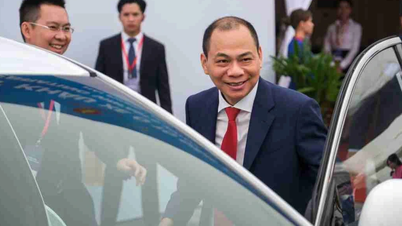




























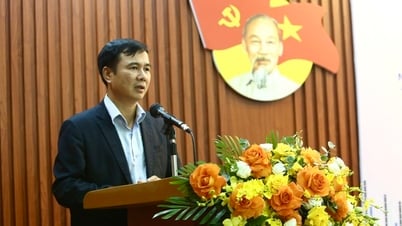


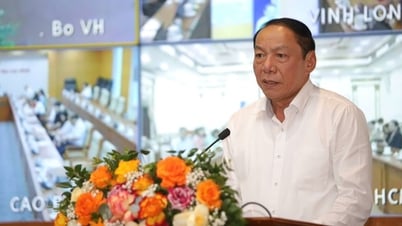
























Comment (0)